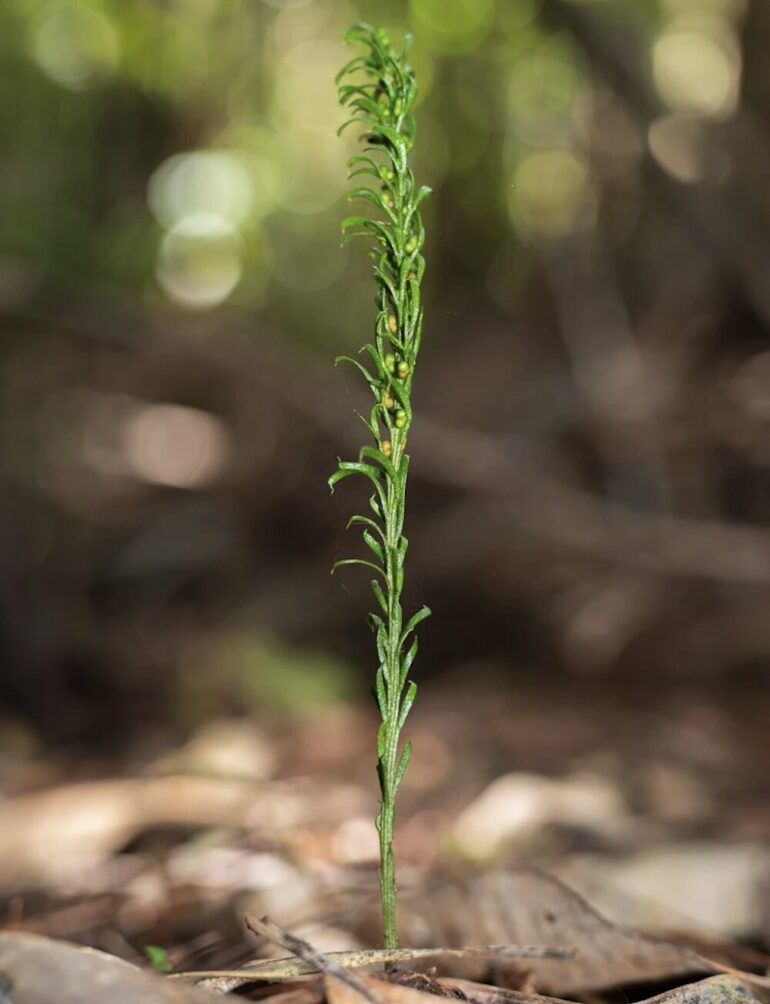All living things have a blueprint provided by the DNA that is stored in every one of their cells. Yet the amount of DNA in each cell—what we refer to as genome size—spans an incredible range across the tree of life.
In animals, it ranges from the tiny genome of the worm-like marine parasite Intoshia variabili, which is 200 times smaller than a human’s, to that of the marbled lungfish (Protopterus aethiopicus), which is estimated to be over 40 times larger than our own. Plants show similar variation, with one—the fork fern (Tmesipteris oblanceolata)—holding the record for the largest genome, having over 50 times as much DNA in each cell as humans.
This variation in genome size highlights the remarkable diversity of life on Earth, but also poses an intriguing evolutionary question. Smaller genomes enable plants and animals to grow much more quickly and efficiently, so why do some species have much larger genomes?
All living organisms must replicate their DNA to produce new cells, a fundamental requirement for growth. The reason why smaller genomes are more efficient is that the reduced amount of DNA needed for each cell division translates to a quicker replication process. They also have lower demands for nutrients, particularly DNA building blocks like nitrogen and phosphorus.
Given these advantages, it is perhaps not surprising that most species have small genomes. However, the existence of large genomes suggests that the associated costs to growth can be overcome, and may even provide advantages in specific situations.
Grass en masse
My research team conducted a recent study into the potential benefits of having a larger genome in grass species. Grasses are a vast and widespread plant family: they occur on all continents and dominate open habitats ranging from arctic tundra to temperate grasslands to tropical savannas. They also come in different genome sizes, so are an ideal group for studying whether larger genomes offer unique benefits.
In our research, published in the journal New Phytologist, we investigated how quickly different grass species grew under experimental conditions designed to replicate what they experience in the wild, such as high temperatures, low soil nutrients and drought. We then combined these data with information on the genome size of each species.
We found that while small genome species performed better in most environmental conditions, there were two situations where having a larger genome seemed to offer advantages. In both cases, the benefits likely stem from the fact that larger genomes have larger cells to accommodate the extra DNA.
The first situation was on fertile soils, where the resources needed to replicate large amounts of DNA are readily available. While areas with low nutrient levels significantly slowed the growth of grasses with large genomes, these species thrived when nutrients were plentiful.
Cell for cell, larger genomes can produce more biomass, such as leaves, than smaller genomes. Whereas this is outweighed by the demands of replicating extra DNA in areas where fewer nutrients are available, in high-nutrient environments these larger genome species can grow more quickly and overshadow their smaller-genome neighbors.
The second situation was where the growing season tended to be cooler, such as in temperate regions. To explain this, it’s important to understand that plant growth happens in two main stages.
The first is cell division, where new cells are created. This occurs in specific areas of the plant called apical meristems, located at shoot and root tips and the bases of leaves. The second stage is cell expansion, where the new cells swell with water, causing the leaf, shoot or root to lengthen.
Cold temperatures significantly slow down cell division, meaning new cells are produced more slowly. However, cell expansion is less affected by low temperatures. This means that even when it’s cold, big cells containing big genomes can grow by cell expansion quicker than small cells, contributing to rapid plant growth.
Cell expansion is the main mechanism driving the early spring growth of bulbs like daffodils and bluebells (which also have large genomes). They have already undergone cell division in the previous warm summer, and the cold doesn’t inhibit cell expansion in the same way.
For these plants, the early spring growth by cell expansion gives plants a headstart before smaller genome species start to grow and compete for resources. The same is probably also true for perennial grasses, which would explain why most grasses with larger genomes are found in colder environments.
So, while species with smaller genomes are generally best placed to grow most efficiently, both small and large genomes offer growth advantages depending on the environment. The fact that grasses come in diverse genome sizes is likely one reason why they thrive throughout the world, underscoring the role of genetic diversity in the survival and success of life on Earth.
The role that our own medium-sized genome has played in our global success as a species is unclear. However, our ability to move to get the resources we need, unlike the grasses we studied, suggests that the nutrient costs associated with having a larger genome can be more easily met.
More information:
Kimberley J. Simpson et al, Bigger genomes provide environment‐dependent growth benefits in grasses, New Phytologist (2024). DOI: 10.1111/nph.20150
This article is republished from The Conversation under a Creative Commons license. Read the original article.
Citation:
Plants and animals with bigger genomes grow less efficiently—new research helps explain why they never died out (2024, November 8)



